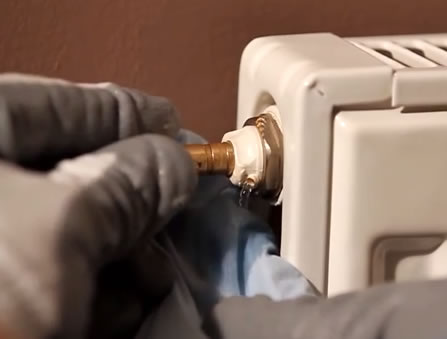Bathrooms, like kitchens, are an expensive room to renovate. Although painting the walls and changing the floor won't cost too much cash, installing a new bathroom suite or power shower is likely to be expensive, even if you do the work yourself. So is such as major bathroom makeover really worth the expense and will it add sufficient value to your home to warrant the expense?
5 Signs Your Bathroom Needs Help
- It leaks – Water dripping down the walls into the room below is not a good sign
- Mould and mildew – Are your tiles, shower curtain and ceiling black with nasty fungal infections? If so, don't expect buyers to fall over themselves to put an offer in any time soon
- Hideous colour schemes – Avocado or chocolate coloured three-piece bathroom suites may have been the height of fashion in 1970, but they are not terribly attractive these days
- Cracked appliances – Sinks and baths are not immune to damage, so replacing cracked sinks and baths is always sensible if you are planning on selling your property
- Poor layout – If it is a struggle to move between the sink and the toilet without falling headfirst into the bath, you can bet your life potential buyers will not be impressed
DIY vs. Professional Installation
DIY is obviously the cheaper option for a new bathroom installation, but do not go down this route unless you are certain you can do an exemplary job. Bathrooms are the last place you want to have problems in as water leaks can cause a huge amount of damage. A professional installation will be completed a lot faster and as long as you choose a reputable contractor, you will be protected. You may also be given a guarantee for the work, which is a useful selling point.
Bathroom Options
Bathrooms come in all shapes and sizes—large, small, modern and traditional. However, before you go too mad and opt for gold-plated taps and marble tiles, think very carefully about overall style of your property. After all, there is little point in spending a fortune on a lavish Victorian-style bathroom in a two-bed semi detached starter home as buyers are more likely to want a modern suite with clean lines and simple features. Be careful about installing anything too quirky. Just because you love it, it doesn't mean potential buyers will. And remember, if you opt for an off-the-wall design, it could put off the majority of people who come to view.
Bathrooms on the Cheap
It is perfectly possible to modernise an old, tired bathroom without spending an absolute fortune. New wall tiles, a smart new heated towel rail and a new floor will go a long way towards improving a bathroom when the time comes to sell. But if your suite is outdated or damaged, look around for a smart new modern suite. There are plenty of bargains to be had if you spend some time comparing prices. Even the labour costs don't have to be exorbitant. As long as you ask for quotes from a number of reputable bathroom installers before you make a final decision, you shouldn’t end up paying over the odds.

